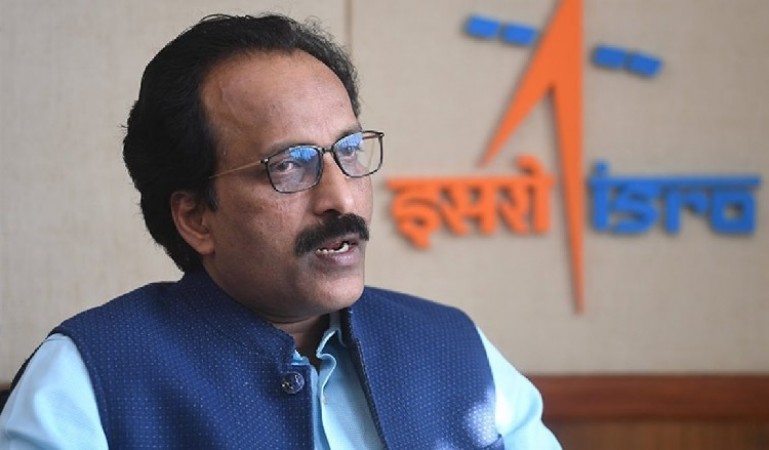
The Indian Space Research Organisation's (ISRO) Chairman, S Somanath, has laid out an ambitious roadmap for India's space program. This unveiling follows Prime Minister Narendra Modi's heightened aspirations for ISRO, which stemmed from the remarkable success of the Chandrayaan 3 mission. The plan entails accelerating existing missions to meet new objectives set by the Indian government.
During the 2023 National Symposium of the Indian Society of Geomatics (ISG) and the Indian Society of Remote Sensing (ISRS) held at the Symbiosis Institute of Geoinformatics in Pune, Maharashtra, Somanath disclosed key plans. The foremost aim is to establish India's space station by 2035 and utilize indigenous technology to land an Indian astronaut on the moon's surface by 2040.
Despite the notable triumph of the Chandrayaan 3 mission, ISRO acknowledges the need to bolster its capabilities to match those of established global space agencies like the USA, Russia, and China. These capabilities encompass spacecraft docking, mobility on extraterrestrial surfaces, exploration with aerial vehicles on other planets, and the ability to return samples from space. While the Gaganyaan program is expected to enhance some of these capabilities, ISRO is still working towards achieving comprehensive prowess in this regard.
The upcoming Chandrayaan 4 mission is poised to mirror the hardware configuration utilized in China's Chang'e 5 sample return mission, marking a significant advancement in India's space endeavors.
ISRO's strategic plan involves developing a Heavy Lift variant for its Launch Vehicle Mark 3 (HLLVM3), currently the most potent rocket in its fleet, and subsequently progressing towards the development of the Next Gen Launch Vehicle (NGLV). Moreover, the Gaganyaan program is expanding its scope beyond Earth's orbit, aiming for increasingly ambitious missions extending to lunar orbit.
Chandrayaan missions are also evolving, with Chandrayaan 4 incorporating additive manufacturing and being designed as a sample return mission, similar to China's Chang'e missions. These future lunar missions will endure prolonged periods on the lunar surface, facilitated by radioisotope heater units (RHUs) ensuring electronic functionality during the harsh, 14 Earth-day-long lunar nights where temperatures plummet below 180°C.
Somanath emphasized the necessity of acquiring docking capabilities for future Chandrayaan missions, sample retrieval, and executing extended lunar missions. He highlighted the imperative to establish habitable conditions and construct Moon stations over time, categorizing the roadmap into Chandrayaan, exploration, and launcher capability tracks, stressing the pivotal role of developing high-capacity rockets.
The ultimate objective of this roadmap is to establish a lunar base by 2047, fostering a sustained human presence akin to research outposts in Antarctica. This base will serve as a foundation for lunar mining infrastructure, act as a launch platform for cost-efficient deep space missions due to the moon's lower gravity, and even open avenues for space tourism. ISRO intends to collaborate with the private sector, aligning with NASA's Artemis Programme, and partner with countries like Japan and the USA to achieve these ambitious missions.
Aditya L1 Spacecraft Nearing Final Phase: Says ISRO Chairman
Boosting Geospatial Expertise: ISRO, CBC Collaborate on Capacity Building Program
ISRO's Dr. Mathavaraj Receives Goa Govt's First Manohar Parrikar Yuva Scientist Award